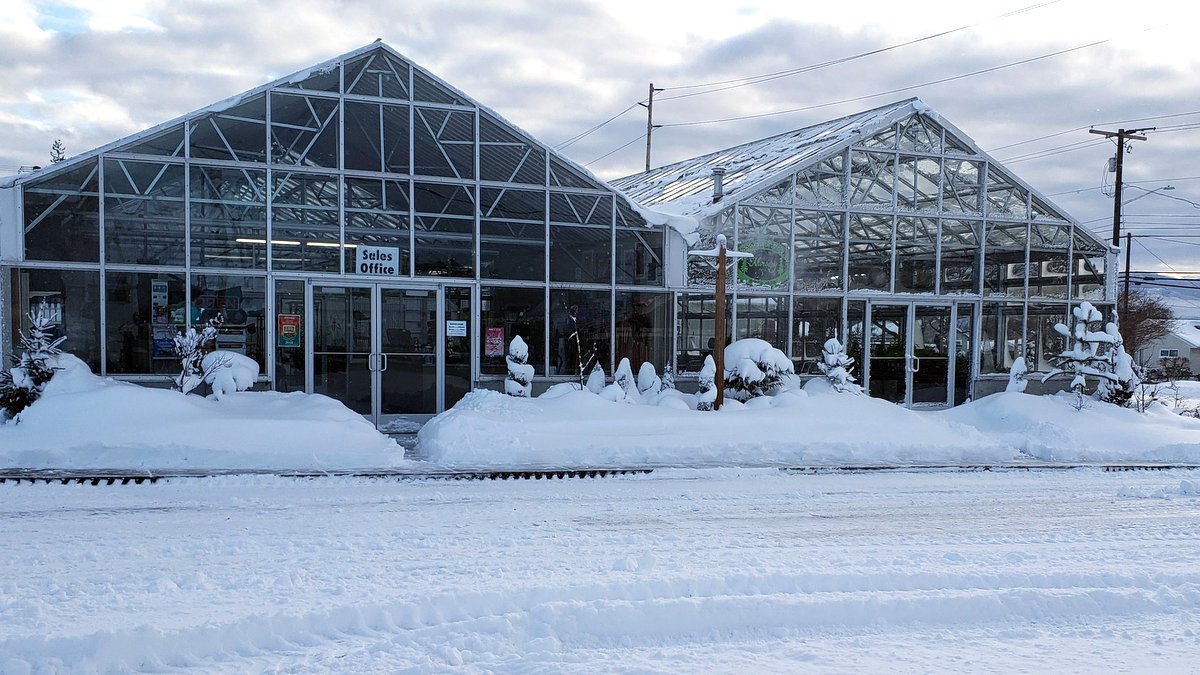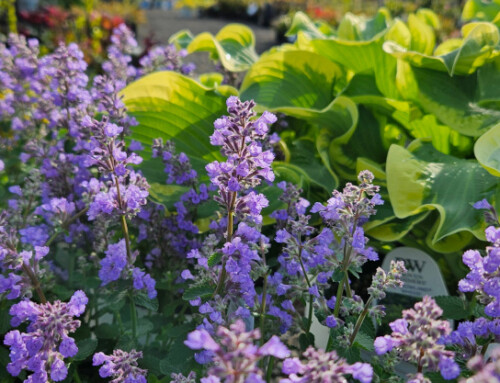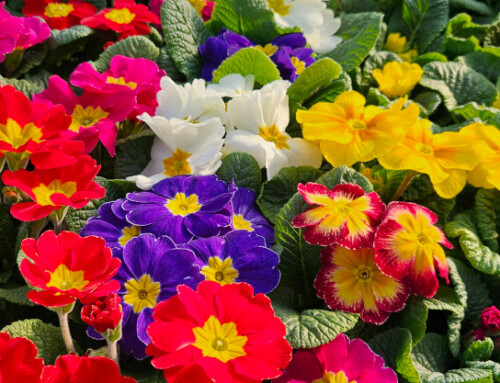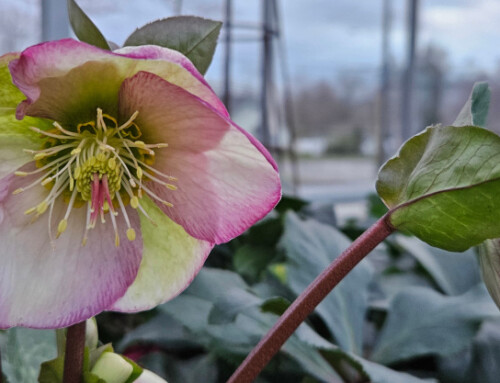Gardening? In this weather? I know what you’re thinking, and you’re right—at 20 degrees, with frozen ground and blowing snow, we’re a far cry from the early spring we were expecting as recently as two weeks ago. Later this month, though, as the temperatures begin to warm, it will be time to assess the damage, replant pots for early spring and get back to gardening, so here are some tips to save for warmer weather.
First, let me point out one definite upside to all the cold weather we’ve been having lately: fewer insects. With the mild winter we experienced through January, I was concerned with the number of insects, slugs, and snails that would undoubtedly survive the winter. Days—or what may be weeks—of cold temperatures struggling to break the freezing point will certainly help kill many of the eggs and overwintering larvae of aphids, thrips, budworms, slugs, and snails.
Second, once the mercury climbs above freezing, take some time to water plants in any beds that haven’t been covered with a layer of snow. Many broadleaf evergreens like rhododendrons deliberately curl or droop their leaves in cold weather to minimize moisture loss and prevent damage. Once the weather warms up, they will automatically perk up. Depending on how much snow sticks to the ground in your yard—or how much rain follows the cold—it is a good idea to water your leafy evergreens to help replenish their moisture levels. Don’t worry if the ground is still partially frozen; after the amount of wind we had over the weekend, the soil is very dry, so even slowly-melting ice in the ground will be a balm to winter-weary roots.
Third, after your blocks of ice—I mean pots—begin to thaw, take stock of the damage and replant as necessary. Potted plants are naturally more at risk of winter damage since their roots are contained in an above-ground container, leaving them unable to root deeper than the frost. Once the soil thaws, pull out any dead or unsalvageable plants and tuck in fresh primroses and pansies for a pop of spring color. Alternately, if you plan to add any shrubs or evergreen perennials like hellebores to your landscape later in the spring or summer, enjoy them in your pots for early spring and transplant them to the garden once you’re ready to plant your summer flowers.
Fourth, it will soon be time to do your early spring pruning. With the drastic change in weather, it’s almost comical to think I considered pruning my roses back in January, worried I might get behind with my early spring tasks. Sometime later this month after the weather moderates, sharpen your pruner and get to work. In cleaning up damage from the wind storm, remember to make a clean cut on any ragged breaks of tree branches to ensure the best chance of healing.
As for pruning related to frost damage, it may take until sometime later this spring to know the extent of damage to many plants, but once plants begin to bud and leaf out, prune back any dead tips to clean up the appearance of your shrubs and trees and promote new growth.
Finally, once the ground thaws, fertilize your blueberry bushes with an acid-based fertilizer (commonly marketed as rhododendron food) for an abundant crop this summer. I recommend fertilizing blueberries before they leaf out in spring and then again after they bloom for best results.
Not exactly punctual, winter has finally shown up here in the Pacific Northwest. Soon, though, spring will arrive, and we can get back to getting our hands dirty. In the meantime, we’ll just try to keep them warm!








Leave A Comment